Hot Products
- Lavender Essential Oil
- Jasmine Essential Oil
- Rose Essential Oil
- Ylang Ylang Essential Oil
- Patchouli Essential Oil
- Sandalwood Essential Oil
- Helichrysum Essential Oil
- Neroli Essential Oil
- Chamomile Essential Oil
- Clary Sage Essential Oil
- Eucalyptus Essential Oil
- Lemon Essential Oil
- Lemongrass Essential Oil
- Orange Essential Oil
- Peppermint Essential Oil
- Rosemary Essential Oil
- Tea Tree Essential Oil

<< Home << Turmeric Oil
Turmeric Oil
Turmeric Oil
Turmeric is mostly known as a food color in various food industries. It offers a cheaper way to yellow coloring. According to a report, India entirely cultivates the crop of turmeric as well as consumes 80% of it. Turmeric oil is used for numerous therapeutic purposes. Traditionally, turmeric is used to add flavor to various dishes. It is usually used in powder form. There may be similarity between turmeric roots and ginger roots but turmeric roots become shiny yellow after being stripped.
| General Name: | Turmeric Essential Oil |
| Botanical Name: | Curcuma Longa |
| Method of Extraction: | Steam Distillation |
| Part of Plant Used: | Rhizomes of the plant |
| Origin: | India |
| Application: | In aromatherapy, turmeric oil is used for stimulating, calming and balancing. Turmeric oil can be used on the skin for treating wounds. It is very effective in pain if used with warm milk. |
| Strength of Aroma: | Average |
| Color: | Reddish-brown |
| Blends Well With: | It easily blends well with ginger, clove, pimento, nutmeg, mace, cinnamon, and clary sage. |
| Aromatic Scent: | urmeric oil has a woody, spicy scent. |
| History: | The curcuma longa plant was originated from southern Asia and India and is mostly cultivated in India now. Turmeric is normally available and used in powder form. Traditionally it has been used to flavor curries, chutneys, and other vegetable dishes. |
| Precautions: | It irritates the sensitive skin. However, it should be avoided during pregnancy |





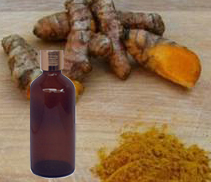
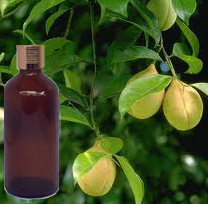
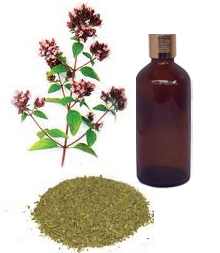
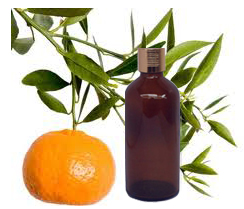
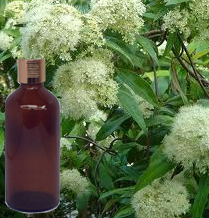
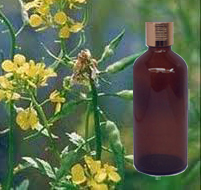
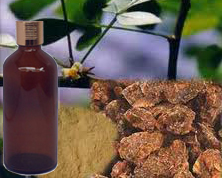
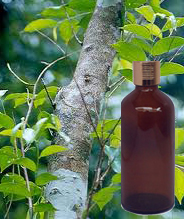


 E-mail:
E-mail:  MSN:
MSN: SKYPE:
SKYPE: